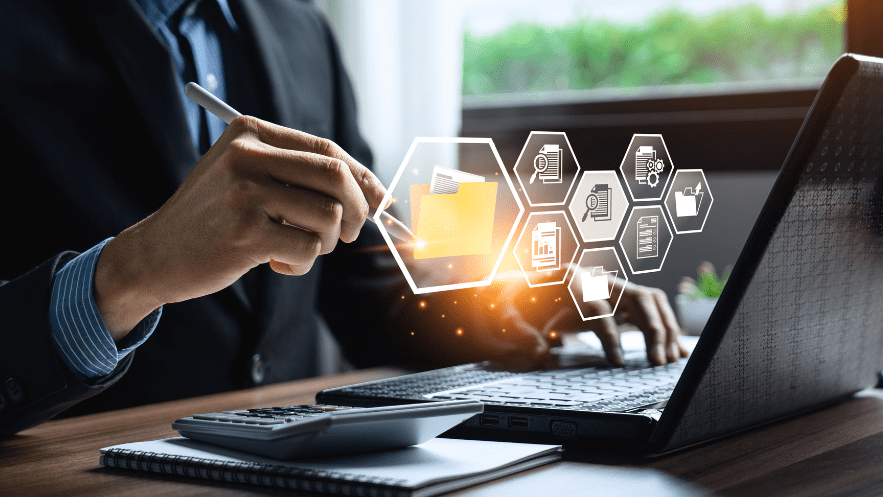SaaS applications are easy to acquire and use, creating major headaches for anyone responsible for managing them. IT departments are already short-staffed, and keeping up with a growing number of software subscriptions requires a constant effort.
If you aren’t aware of how many applications you have, then you can’t track costs, streamline your tech stack, or protect your company from threats.
However, there are efficient ways to prevent these risks. Let’s take a closer look at the top SaaS management challenges IT teams face and what you can do to address them.
1. Uncovering hidden SaaS applications
IT teams don’t always have full awareness of how many applications they have. Even though many teams conduct surveys, search invoices, and review SSO logs, they still may miss some of the applications in their portfolio.
For starters, people may forget to respond to a survey. Financial records may lack the detail needed to identify subscriptions. And software users may not use SSO for every application.
That doesn’t mean these processes are bad — it just means they’re not enough to keep up with the pace of SaaS proliferation.
2. Creating a SaaS inventory
As you collect data on your SaaS applications, where do you keep it? It’s common to use spreadsheets to keep a master list of all your applications. It’s also common for companies to lack a centralized repository altogether.
In many cases, this is because software tracking is decentralized. Individual departments or business units keep track of their own applications. There’s no central database, policies, or accountability for inventorying SaaS applications.
Even if you do use a centralized spreadsheet, drawbacks to that approach can be:
- It’s easy to accidentally enter the wrong information and delete data.
- Controls around who can access the data are minimal.
- Filters and formulas can help with analysis, but they’re limited.
- The information in the spreadsheet can’t be automated.
3. Managing SaaS spend
When there’s no centralized approach to SaaS application tracking, there’s no central approach to managing the costs that come with each subscription. As a result, many companies don’t have an accurate picture of their SaaS spend.
Since SaaS can account for a significant portion of the budget, poor visibility into spend can be a major drain on the bottom line. Renewals and price increases come as a surprise. You also miss out on the opportunity to negotiate lower rates or cancel the renewal of unnecessary subscriptions.
4. Optimizing usage
Since it’s easy for individual users and departments to adopt SaaS software, it’s possible to have duplicate contracts or multiple applications that perform the same function. When there’s no central oversight for SaaS applications, there’s no way for users to know they’re entering into a duplicate contract. These duplications add complexity to your tech stack and increase confusion around integrations.
Lack of oversight also makes it possible for licenses to go unused. For instance, a department may purchase a team license for an application for a specific project and forget to revert back to an individual license when the project is complete. Identifying underutilized applications can be an easy win for cutting costs. But, when you don’t know what you have in the first place, you don’t know what to cut.
5. Manage user onboarding and offboarding
User lifecycle management is a complex process. For starters, the IT department doesn’t manage all of the company’s applications. Business owners and end users are often responsible for onboarding and offboarding. To further complicate matters, onboarding and offboarding users involves manual processes, like creating tickets or sending emails, between IT and the business owner or end user.
In addition to being inefficient, these practices increase the risk of overspending and security vulnerabilities.
How to overcome SaaS management challenges
Mismanaged SaaS applications can be a drain on the bottom line and pose security threats. A good SaaS management strategy should enable you to reduce risk proactively and efficiently. So, what can you do? By incorporating a SaaS management platform into your workflows, you can take on SaaS management challenges without overextending your resources.
With a platform to simplify SaaS management practices, you can overcome common challenges to improve security, generate accurate financial reporting, and reduce the complexity of your tech stack.










